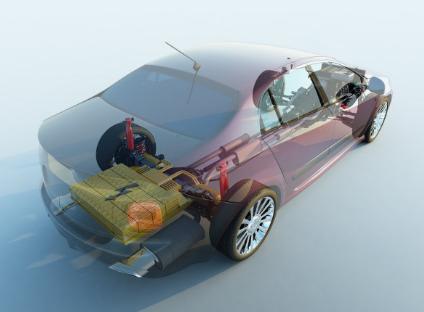The institute has developed an innovative method to recover magnetic grains from bulk sintered rare earth magnets. The method is easy to operate, controllable in cost, energy saving and environmentally friendly, and has been patented in the European Union, the United States, and China.Neodymium iron boron (Nd-Fe-B) magnets are widely used due to their high energy storage density, such as hard disk drives, wind turbines, industrial motors, acoustic transducers and electric vehicles, which contain 20-30 wt% of rare earth elements and can be used For secondary recycling, currently only less than 1% of rare earths are recycled from end-of-life products. In the magnet manufacturing process, as much as 30% of the original rare earth element alloy will be lost. Therefore, recycling scrap NdFeB magnets or other magnet scraps is an important strategy to reduce the environmental risks associated with rare earth mining and overcome the supply risks of rare earth elements.
The Slovenian Research Institute has developed a novel method to recover NdFeB magnet grains from bulk sintered NdFeB magnets and magnet waste by electrochemical etching.
Technical advantages: The current method for recycling magnets requires high energy input or multiple process steps, and consumes a large amount of chemical substances, thereby generating a large amount of waste and liquid waste. Compared with the currently adopted method, the new method for magnet recovery is easy to operate, cost-effective, and energy-saving and environmentally friendly. Use non-aqueous liquid electrolyte to anodize the neodymium iron boron magnets or scraps. The anodization releases the neodymium iron boron magnets or the neodymium iron boron magnet grains in the scraps, and the released neodymium iron boron magnet grains are during or after the anodization process collect.
Currently, the research team can use this procedure to produce tens of grams of NdFeB magnet grains. In order to apply this procedure in industry, the method needs to be scaled up, a large molten pool for anodization and engineering knowledge are required. The technology was developed by the Institute's Nanostructured Materials Department, whose researchers have decades of experience in magnetism and other inorganic materials.





